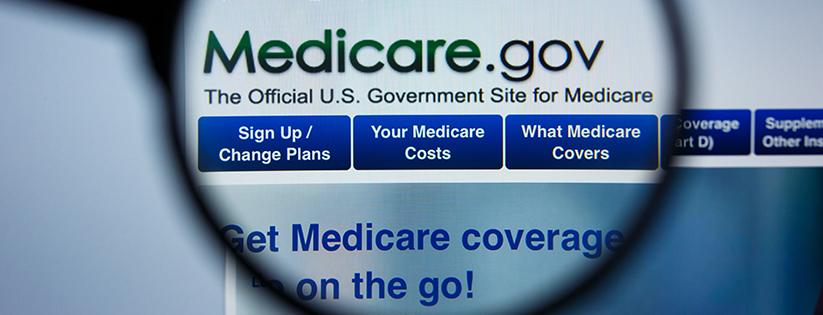On August 3, 2020, the Centers for Medicare and Medicaid Services (CMS) released their proposed changes to the 2021 Medicare Physician Fee Schedule (MPFS), which includes a significant reduction in the CY 2021 MPFS Conversion Factor. Citing budget neutrality as the causation, CMS recommends a reduction in the overall conversion factor of $3.83, from $36.09 currently to $32.26 per unit to offset increases to many of the Evaluation and Management (E/M) codes.
How the Conversion Factor Works
CMS is proposing to cut the conversion factor by 10.61% for 2021. The conversion factor represents the dollar value applied to the Relative Value Unit (RVU) scale used to calculate reimbursement for procedure codes. So, as an example, a procedure that is valued at 6 RVUs would currently be reimbursed at $216.54 ($36.09 X 6 = $216.54), but beginning in 2021, will be reimbursed at $193.56 ($32.26 X 6 = $193.56).
The Main Culprit: E/M Services
The change causing the decrease in reimbursement can be linked to the adoption of the new coding parameters that have been enacted for E/M services. Under the new E/M coding guidelines, providers can choose to document a visit based on the time spent or the level of medical decision-making involved. Additionally, there are new proposed add-on codes for prolonged or extended visits and for complex patients.
The Budget Neutrality Conundrum
By federal law, the entire Medicare (and Medicaid) program operates under a requirement for budget neutrality, meaning that any increases to E/M payments require a corresponding reduction somewhere else. Here are examples of the proposed changes in E/M payment levels:
| E/M Code | 2020 Rate | Proposed 2021 Rate | % Change |
| New Patient Visits | |||
| 99201 | $46.56 | – | – |
| 99202 | $77.23 | $69.04 | -11% |
| 99203 | $109.35 | $106.14 | -3% |
| 99204 | $167.09 | $159.37 | -5% |
| 99205 | $211.12 | $210.66 | >1%< |
| Established Patient Visits | |||
| 99211 | $23.46 | $22.26 | -5% |
| 99212 | $46.19 | $54.20 | 17% |
| 99213 | $76.15 | $86.78 | 14% |
| 99214< | $110.43 | $122.91 | 11% |
| 99215 | $148.33 | $172.27 | 16% |
With established patients representing the largest number of visits within Medicare, it’s easy to see the negative impact this will have on remaining procedures, tests, and ancillary services, including radiology, where the E/M codes are rarely used.
As reported by Radiology Business on August 11, 2020, it appears that Medicare payments for imaging could be reduced by an average of 11%, which represents an overall loss of over $10 billion over the next decade industry-wide.
In Response
Urged by the American College of Radiologists and others impacted by the proposed MPFS changes, a bi-partisan group in the US House of Representatives has sent a letter to Health and Human Services asking them to waive the budget neutrality requirements for the budget years 2021 and 2022. This letter stated that “If these cuts go into effect, they will be devastating for providers and will ultimately result in decreased access to care for patients.”
The letter goes on to say, “Our healthcare system is already under a tremendous financial strain, as it continues to grapple with both the economic and health consequences of the coronavirus. Now is not the time to implement these reckless cuts”.
One Bright Spot
CMS, as part of their changes for 2021, extended the mandatory participation date for Clinical Decision Support Mechanism (CDSM) and the Appropriate Use Criteria (AUC) program to January 1, 2022. This allows all providers, both ordering and furnishing providers, to take ample time to prepare before jeopardizing revenue.
The Infinx CDSM Solution is one of the CMS-approved vendors, using AI-driven software to provide certificates that can be accessed proactively and reactively as needed.
As the healthcare industry tries to find its equilibrium during a public health emergency that’s been extended until the end of October, this seems like an unnecessary destabilizing proposal. Public comment is open until the end of summer with a final CMS rule expected in the Fall.
Contact Infinx for coding and billing support or to learn more about our CMS-qualified CDSM Solution today.
